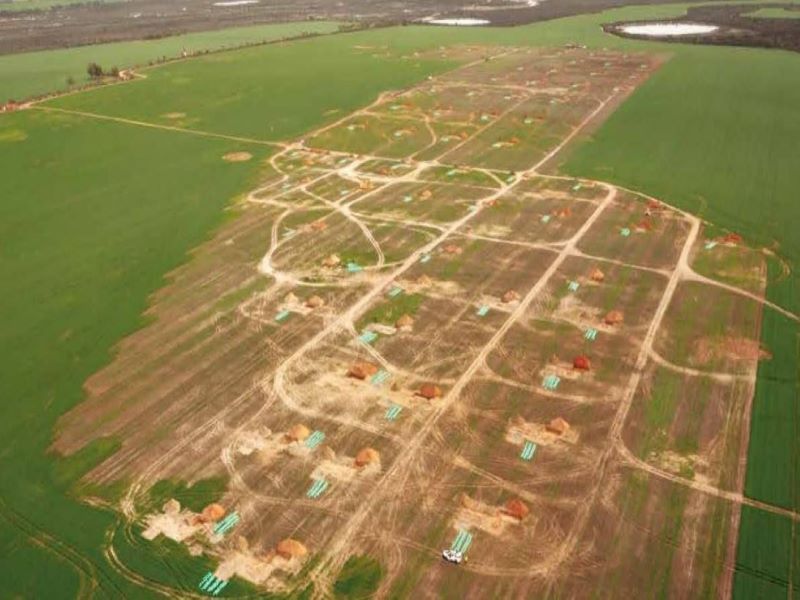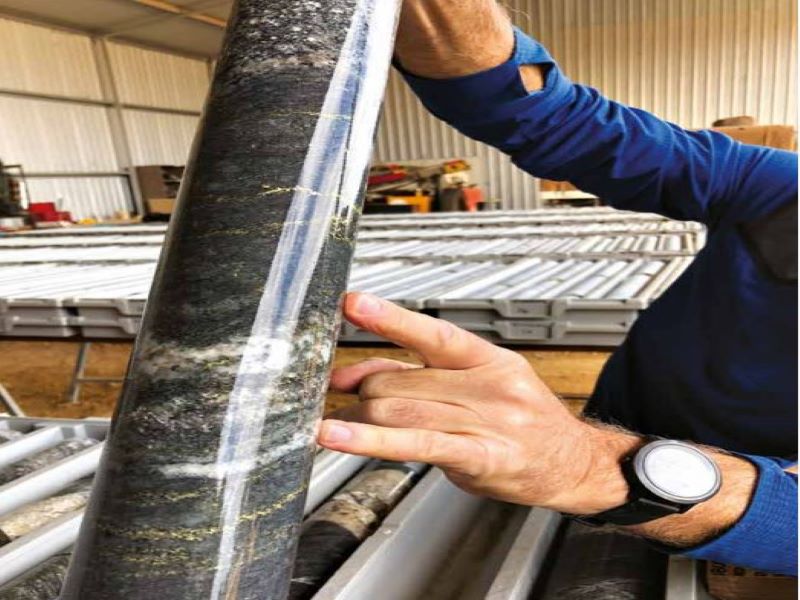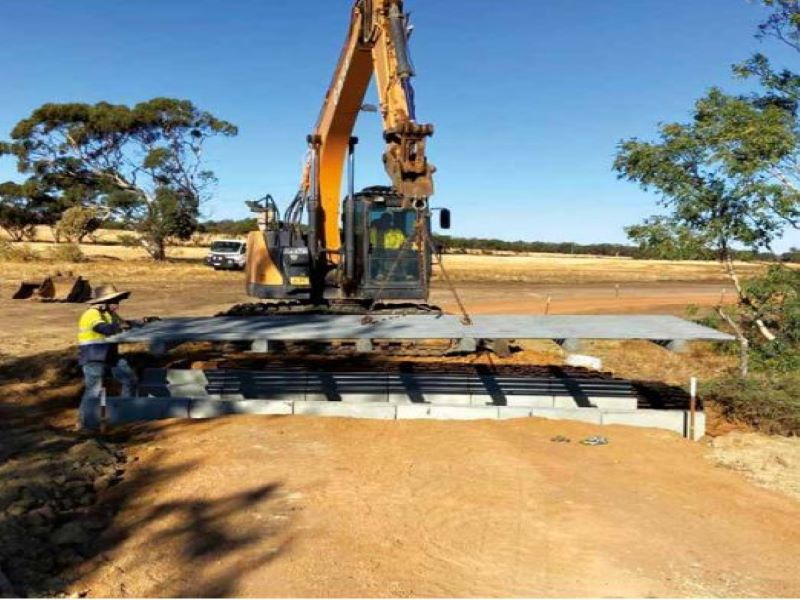The Caravel copper project is an open-pit mine planned for development by Caravel Minerals in Western Australia.
A pre-feasibility study (PFS) for the project was announced in July 2022. It highlighted a robust ore reserve with a 28-year mine life and initial investment of approximately $813m.
An updated PFS was reported in September 2022. It proposed the use of a larger throughput single processing train with high-pressure grinding rolls (HGPR) in place of two processing trains with semi-autogenous grinding (SAG) mills. It also proposed the adoption of coarse particle flotation (CPF) to reduce the overall capital investment in the project by up to $67m.
A final investment decision (FID) on the Caravel copper project is expected in 2024, followed by the start of construction in 2025 and the commencement of production in the second half of 2026.
Location, geology and mineralisation
The Caravel copper project is located within the South West settlement area for the Noongar residents in the Wheatbelt region of Western Australia. The project site lies between the towns of Calingiri and Wongan Hills, approximately 150km north of Perth.
The PFS is based on the Bindi and Dasher deposits, which represent 6km of a 30km-long porphyry copper system hosted within Archean granites.
Mineralisation at both the deposits is predominantly comprised of chalcopyrite sulphides with traces of molybdenite, pyrite and pyrrhotite.
Ore reserves at Caravel
The proven and probable ore reserves at the Caravel copper project are estimated at 583.4 million tons (Mt) grading 0.24% copper. Contained copper reserves are estimated to be 1.42Mt.
Mining at Caravel copper project
Caravel will be a conventional open-pit mining operation using reverse circulation (RC) grade control drilling and autonomous platform rigs for blast hole drilling.
The project is also expected to use diesel-electric autonomous haulage trucks with electric trolley assist and electric power for drills and face-shovels. The mining fleet will include up to 36 haul trucks, six shovel and backhoe excavators, two front-end loaders, and five dozers, along with four platform production and three articulated drills.
Mining operations will commence at two starter pits at the higher-grade Bindi deposit, which will be developed in five stages. The planned development of the Dasher deposit includes three stages.
Processing
The processing plant will feature a conventional copper concentrator to treat low sulphur porphyry copper ores. The plant will have a processing capacity of 27 million tons per annum (Mtpa) and is expected to produce 60,000 tons (t) of copper concentrates a year.
The run-of-the-mine (ROM) ore will undergo two-stage crushing in a primary gyratory crusher as well as a secondary crusher. The crushed ore will be fed into the HPGR and ball milling circuits, before going through the copper flotation circuit.
The copper flotation circuit will feature six forced air mechanical rougher/scavenger flotation cells, one rougher concentrate regrinding and three cleaner flotation stages.
The tailings from the copper cleaner cells will be thickened and pumped to a tailings storage facility, while the final copper concentrate will be thickened and pumped to a pressure filter to produce a copper concentrate filter cake product, which will be stored in covered containers for transportation.
Project infrastructure
The project’s power requirement is estimated to be 125MW. This will be supplied from the South West Interconnected System’s (SWIS) existing subregional grid, which is located adjacent to the project site.
Water for the project is planned to be sourced from a remote borefield through an underground pipeline system.
Existing public roads will be used to transport copper concentrates to Port Bunbury or Port Geraldton, which are located 340km and 400km away from the project site, respectively.
A modern mining village will be constructed to accommodate mine workers. A temporary accommodation camp is planned to facilitate construction works.
Contractors involved with the Caravel copper project
Australia-based infrastructure consulting and engineering company Ausenco prepared the PFS for the Caravel copper project.
Oreology Mine Consulting, a company based in Perth, Australia, provided the mine design as well as the ore reserve estimates.
Dempers & Seymour was engaged to provide geotechnical engineering services, while Knight Piesold served as the tailings storage consultant.






